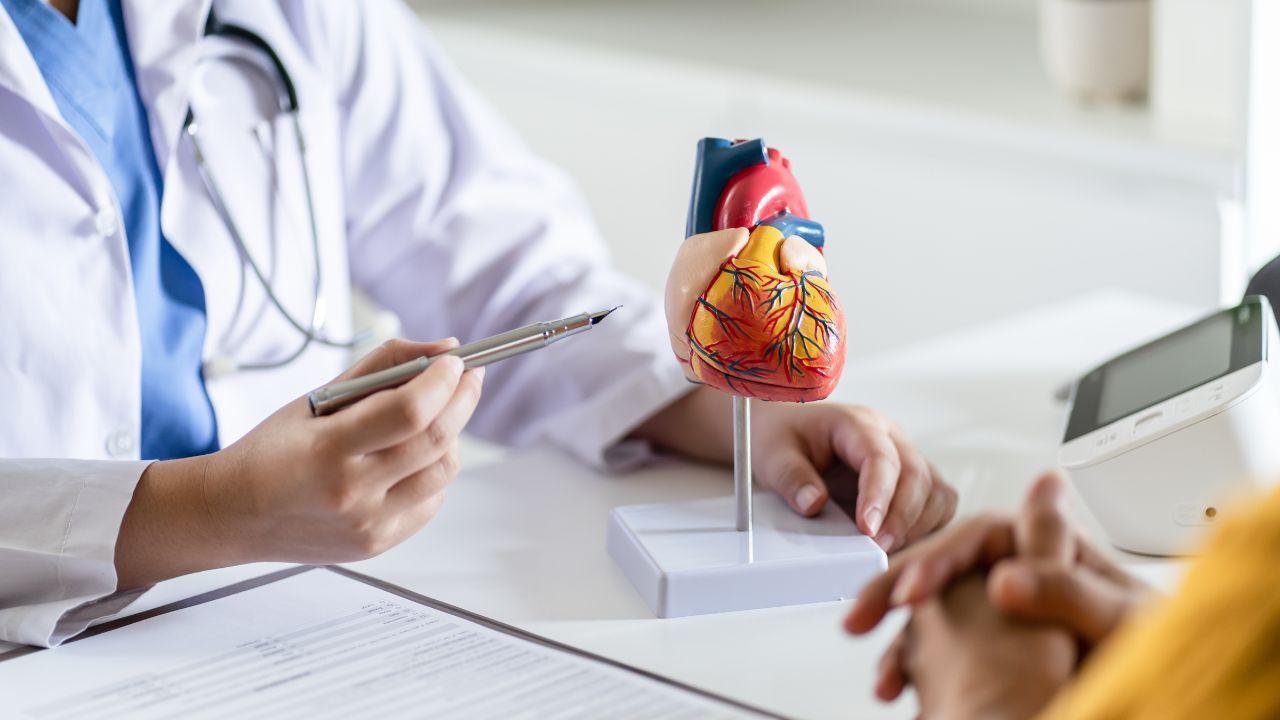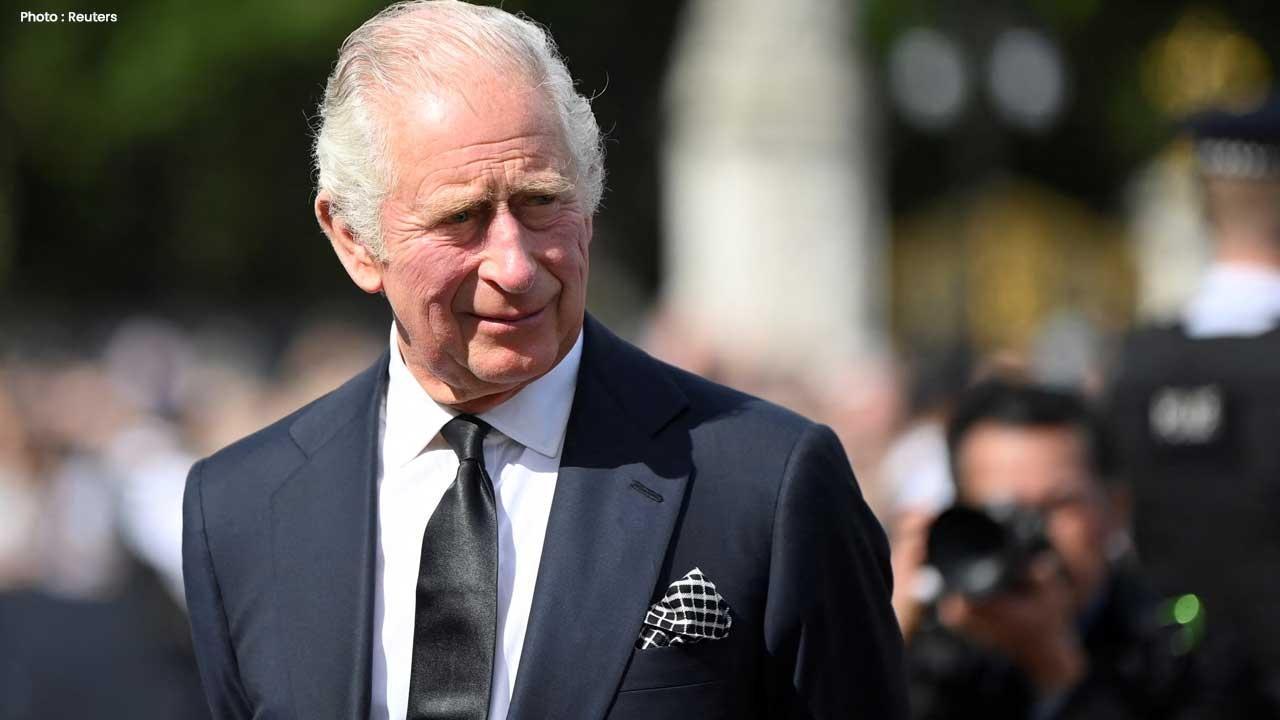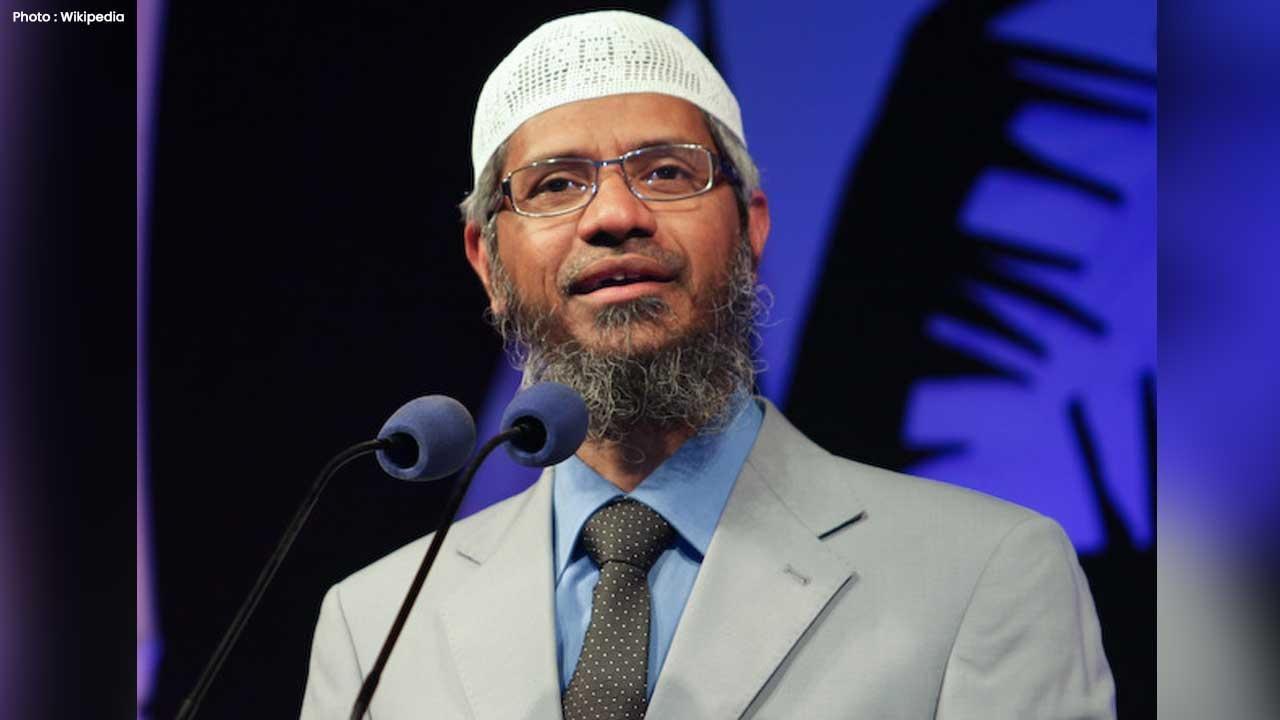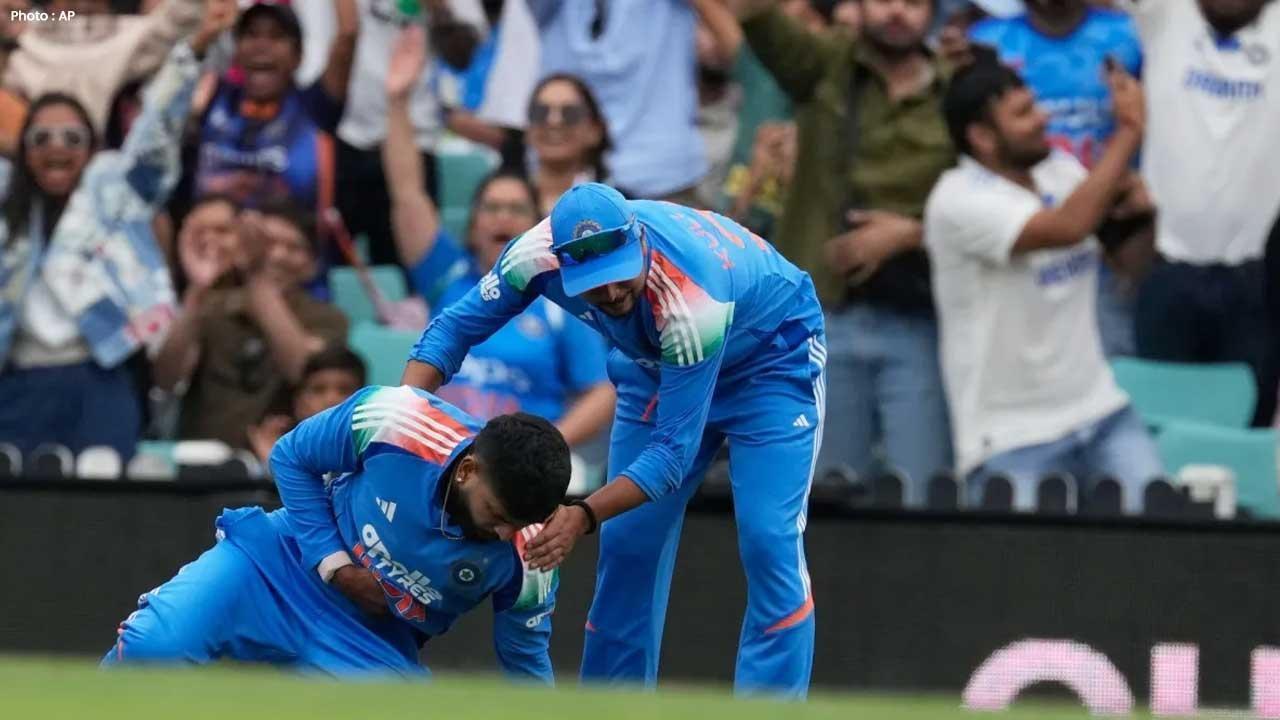
Join 10k+ people to get notified about new posts, news and tips.
Do not worry we don't spam!

Post by : Saif Rahman
Heart attacks can strike without warning and prompt, measured action in the first minutes often decides survival. India’s leading heart specialists stress that simple, well-timed steps by bystanders frequently prevent deaths that occur before hospital arrival. Remaining composed and following basic procedures can make a decisive difference.
1. Spot the Early Signs
Recognising a heart attack early is critical. Dr. Ashok Seth, a senior cardiologist, warns that many early symptoms are mistaken for indigestion, fatigue or stress.
Common signs to watch for include:
Persistent chest discomfort or a heavy feeling lasting several minutes
Pain radiating to the arms, neck, jaw or back
Difficulty breathing or shortness of breath
Excessive sweating, lightheadedness or nausea
Dr. Seth urges immediate attention if there is pressure or burning in the chest. “If chest pain persists beyond five minutes, assume it may be a heart attack until proven otherwise,” he advises. Early recognition enables lifesaving intervention.
2. Call Emergency Services Right Away
After identifying symptoms, summon emergency medical help without delay. Do not drive yourself to hospital or wait to see if symptoms subside. In India, dial 108 or the relevant local emergency number.
If an ambulance is unavailable, arrange for a trusted person to take the patient to the nearest hospital with cardiac facilities.
While awaiting professional assistance:
Have the person sit and try to remain calm.
Loosen restrictive clothing.
Avoid any exertion or walking.
If the patient is conscious and not allergic, have them chew one adult aspirin (300 mg) to help limit clotting.
Every minute matters, Dr. Seth notes: “Our objective is to reach treatment within the golden hour, because delays increase heart muscle damage.”
3. Keep the Person Breathing and Conscious
The priority is to keep the patient responsive and breathing. If they lose consciousness:
Assess whether they are breathing.
Begin CPR immediately if there is no pulse or normal breathing.
CPR basics include:
Place both hands on the centre of the chest and deliver firm, rapid compressions — roughly 100 compressions per minute.
Continue chest compressions until emergency teams take over or the patient regains breathing.
Dr. Seth highlights that even rudimentary CPR can substantially increase survival odds. “Perfect form is less important than doing something — prompt action can double a person’s chance to survive,” he says.
Prevention and a Final Word from the Specialist
Cardiologists emphasise prevention as the most effective strategy: balanced diet, regular exercise, stress management and routine medical checks remain essential.
“Rising heart disease in younger adults often relates to lifestyle factors and delayed diagnosis,” Dr. Seth warns. “Greater public awareness and quick responses could save many lives annually.”










Shreyas Iyer in Sydney ICU after Rib Trauma Sustained Taking Catch
India vice-captain Shreyas Iyer is under ICU care in Sydney following internal bleeding from a rib i

NBA Recap: Miami Dominates, Lakers Shine, and Bucks Secure Victory
Friday's NBA highlights: Miami, Lakers, Bucks, and Clippers take wins, showcasing standout performan

Luka Doncic Shines with 49 Points in Lakers' 128-110 Victory Over Timberwolves
Luka Doncic impresses with 49 points, while Lakers secure a 128-110 win against Timberwolves, showca

Kings Rally Past Jazz 105-104 with Clutch Sabonis Finish
In a nail-biter, Domantas Sabonis' late shot lifts the Kings over the Jazz 105-104 in their home deb

Friendly Match Between Argentina and India Delayed, New Date Awaited
The friendly match between Argentina and India has been postponed following FIFA's approval delays;

Rohit and Kohli Conclude ODI Careers in Australia with Victory
Rohit Sharma and Virat Kohli wrap up their ODI careers in Australia, scoring an unbeaten 168-run par